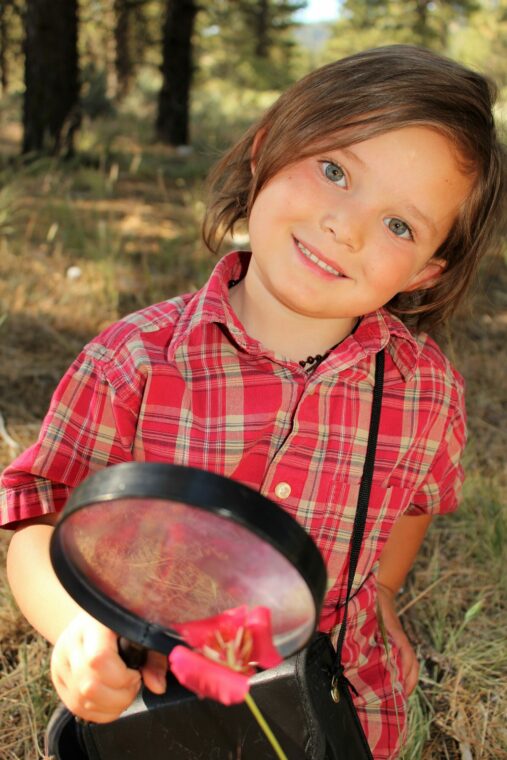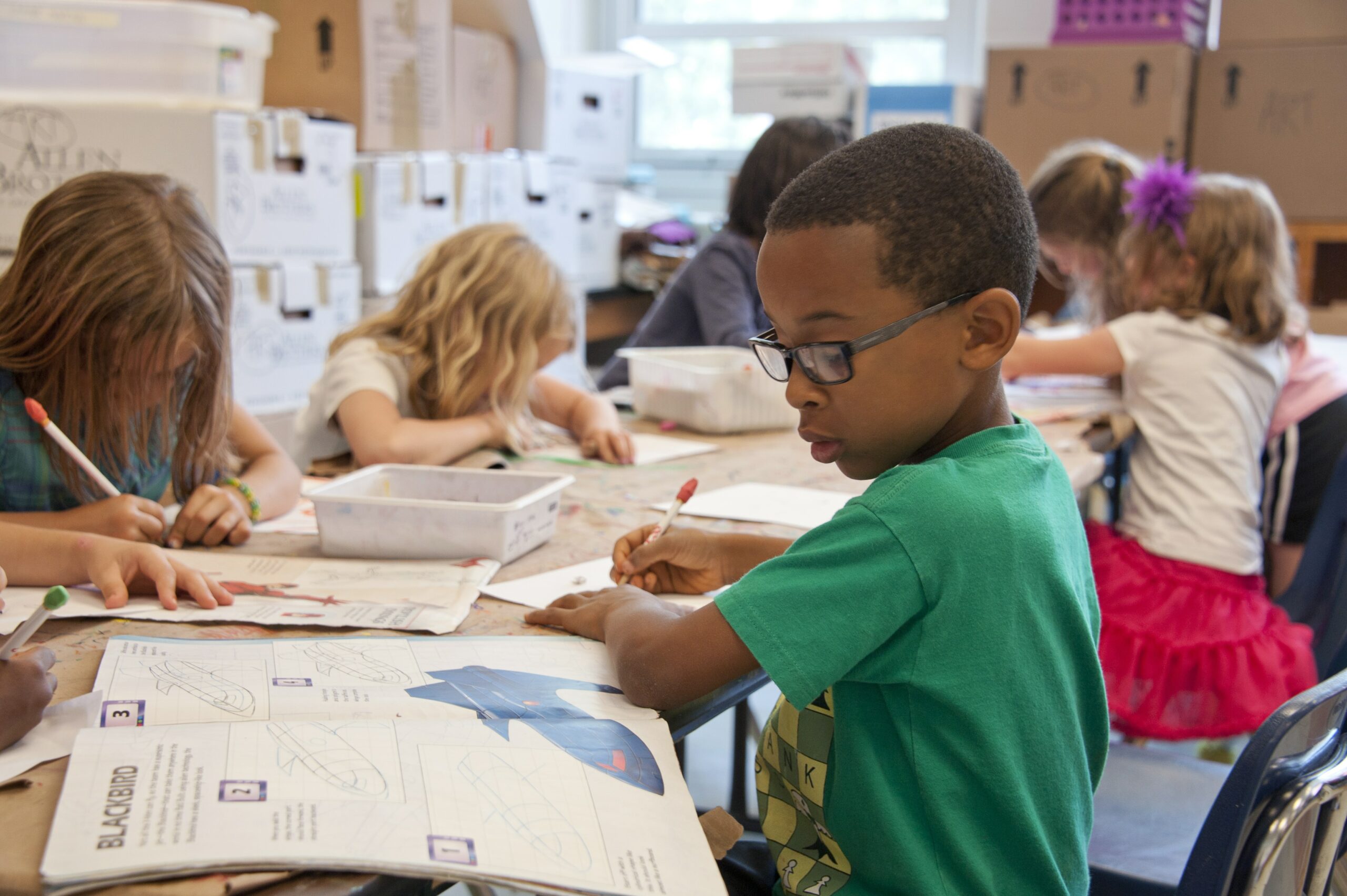
The Crucial Role of a Child’s Mental Health
Children are the future, and ensuring their well-being goes beyond physical health. Mental health plays a pivotal role in shaping a child’s overall development and

Children are the future, and ensuring their well-being goes beyond physical health. Mental health plays a pivotal role in shaping a child’s overall development and

When I go into a classroom or get in front of large groups, I often ask, “How many of you like to write?” On average,

Journaling is a great way to help children record their thoughts and feelings. It allows kids to explore their interests and express themselves, especially if

Being a parent can be pretty overwhelming at times. Much of the parenting journey is super complicated, but when it comes to nature-deficit disorder, there

Written by: Amanda Henderson Showing your children how to make healthy, safe decisions is one of the most important lessons a parent can teachtheir child.



The Imagine Project, Inc. is a 501c3 organization, we appreciate your continued support helping ki

Join our community to get the latest tips, exclusive offers, and updates straight to your inbox. Don’t miss out—subscribe now and be the first to know!